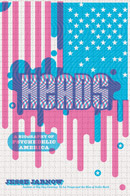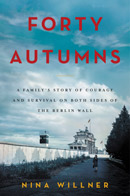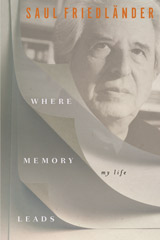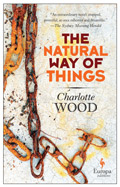 “Heads,” by Jesse Jarnow
“Heads,” by Jesse Jarnow
(Da Capo Press, pp 468, $27.99)
If you are a fan of books dealing with the history of salt, timber or something more exotic like sex, you will delight in “Heads,” a book about psychedelics. Though the term has now gained multiple definitions, notably in relation to music and culture, the psychedelics refer to here belong to drugs, yes narcotics. A well-time book, given the massive popular wave to legalize Marijuana. However, you will find no bell chiming in favor of psych drugs.
In this well-documented spiraling history of how these drugs transformed our present culture, Jesse Jarnow offers a fresh outlook. While we can talk about peyote and other forms of LSD derivatives, it is impossible to understand the meaning of Psychedelic without going back to the 60’s, starting first as a counter-culture on the eve of the Vietnam War and the Civil Right Movements. Thinking Huxley having a bad trip in “Doors of Perception,” or Leary’s promoting drugs in Harvard, via Richard Alpert, aka Ram Dass, experiencing a spiritual awakening, would confine the movement to known anecdotes.
Jesse Jarnow has dug deep into the roots of Psychedelia. For a generation, which perceived itself as living in a repressive society, music became the catalyst of a cultural revolution, the bedfellow able to unleash repressed psychological emotions. If Grateful Dead means anything to you, I will set you on course, as you may wonder what “New Age practices, hacktivism, yoga, natural childbirth, Burning Man, Central Park graffiti, with artist like Bilrock and the late Keith Haring, and the internet, have in common. The answer may surprise you.


